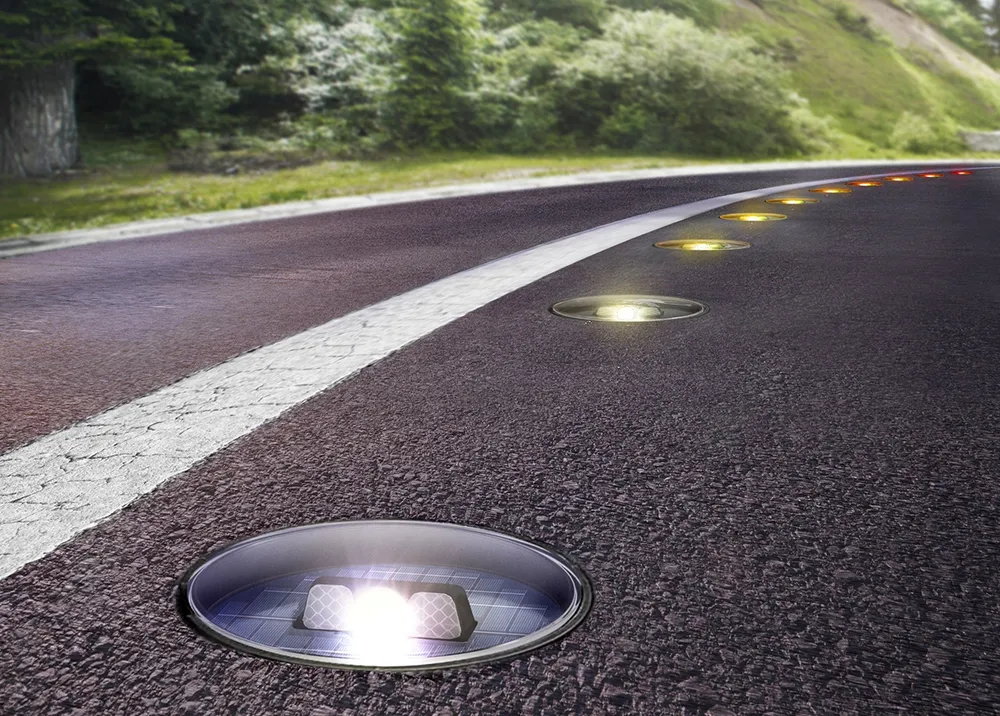Researchers at the University of Minnesota are working on a method that helps snowploughs determine exactly where slippery patches are and to target those specific areas with their sand-and-salt mixtures.
February 2, 2012
Read time: 2 mins

Researchers at the 584 University of Minnesota are working on a method that helps snowploughs determine exactly where slippery patches are and to target those specific areas with their sand-and-salt mixtures.
Based on measuring friction coefficients, a sensor system is attached to a wheel near the front axle of the snowplough, and when the sensor filters out vibration ‘noise’ and detects a loss of friction, it sends a signal to the sand-spreading equipment. A quarter of a second later, about the time it takes the applicator to arrive at the ice, the sand starts to be applied.
This automated system yields several benefits, according to researcher Rajesh Rajamani, a professor in the university’s Department of Mechanical Engineering who helped develop the technology along with colleagues Lee Alexander and Gurkan Erdogan.
For one, it will be helpful to know portions of road that tend to get slippery, and by using GPS technology, the2103 Minnesota Department of Transportation (MnDOT), which is funding the research, could create a database of problem areas.
This smarter snowplough also stands to save a lot of sand and salt. Estimates suggest that Minnesota uses more than 200lb of sand and salt per person each winter, according to Alexander. “It’s just as important to know when to turn the sand off,” he says.
Based on measuring friction coefficients, a sensor system is attached to a wheel near the front axle of the snowplough, and when the sensor filters out vibration ‘noise’ and detects a loss of friction, it sends a signal to the sand-spreading equipment. A quarter of a second later, about the time it takes the applicator to arrive at the ice, the sand starts to be applied.
This automated system yields several benefits, according to researcher Rajesh Rajamani, a professor in the university’s Department of Mechanical Engineering who helped develop the technology along with colleagues Lee Alexander and Gurkan Erdogan.
For one, it will be helpful to know portions of road that tend to get slippery, and by using GPS technology, the
This smarter snowplough also stands to save a lot of sand and salt. Estimates suggest that Minnesota uses more than 200lb of sand and salt per person each winter, according to Alexander. “It’s just as important to know when to turn the sand off,” he says.









